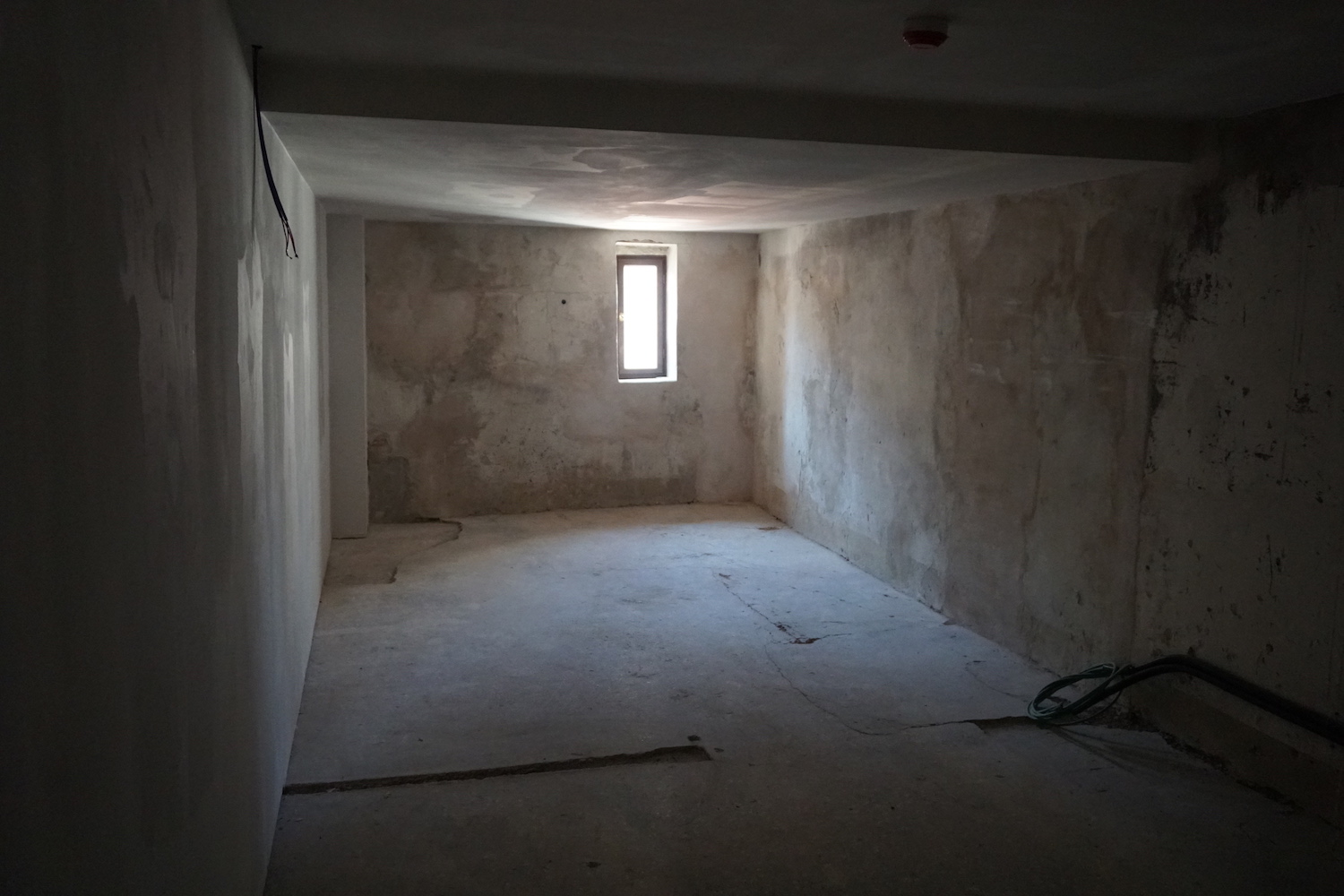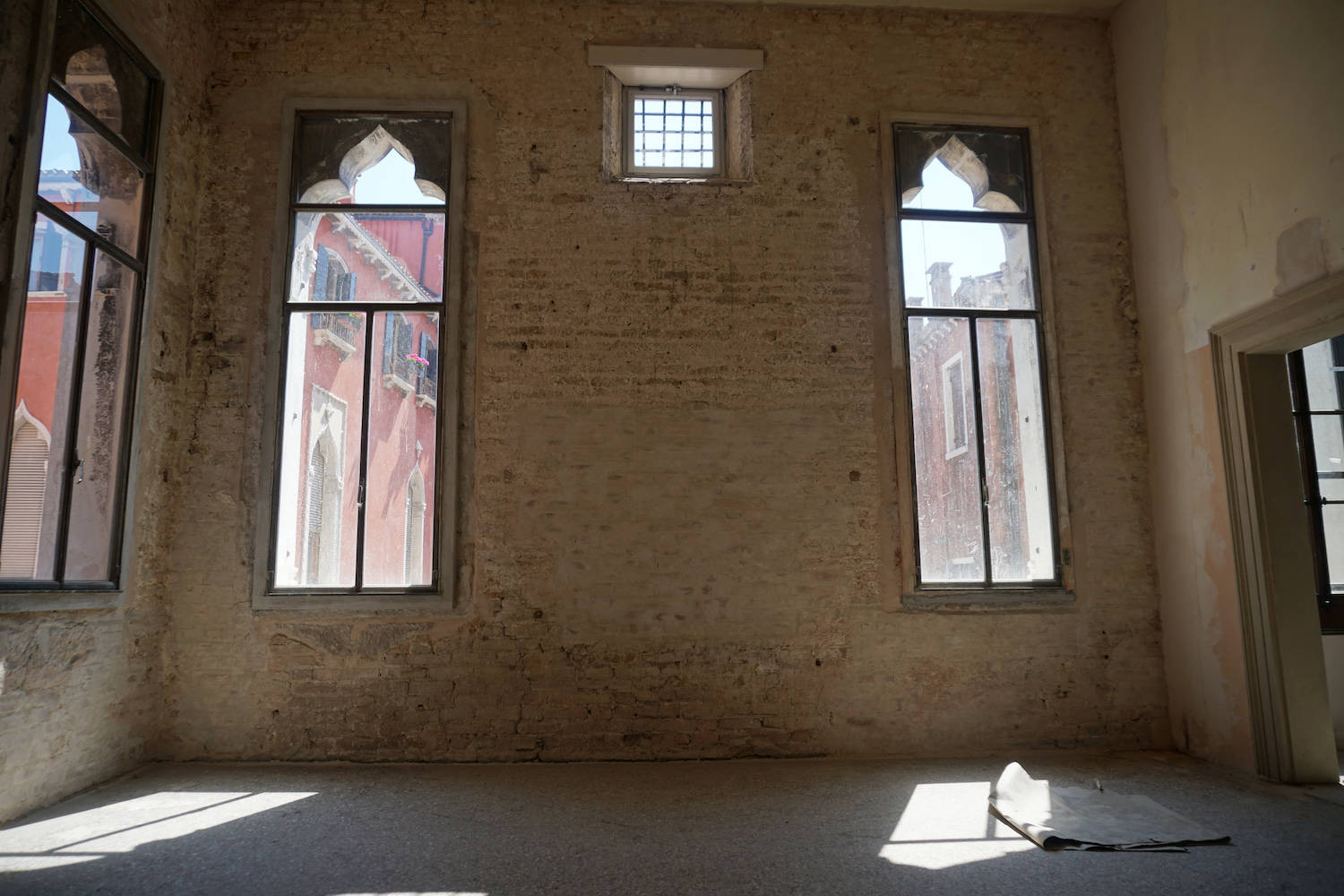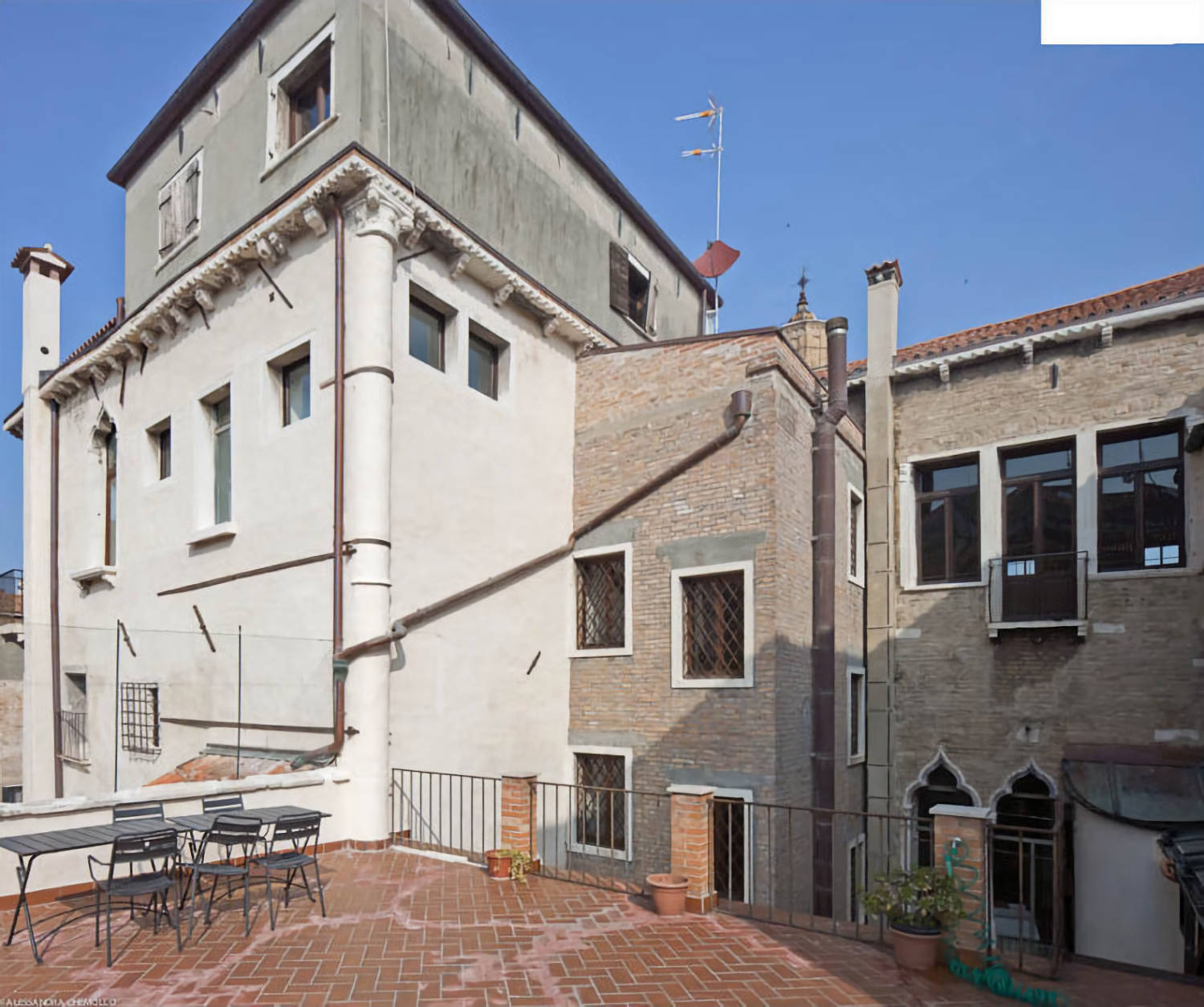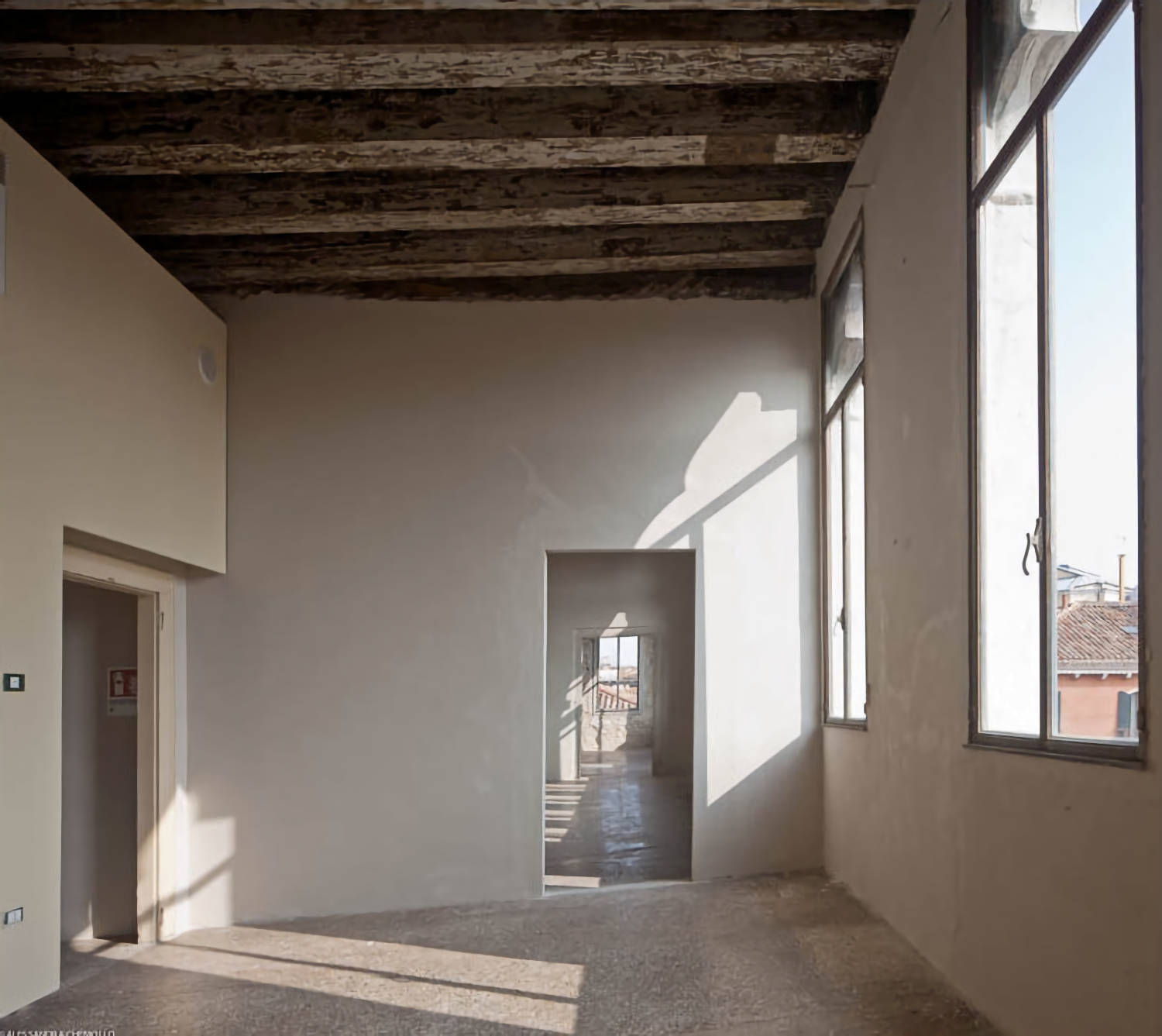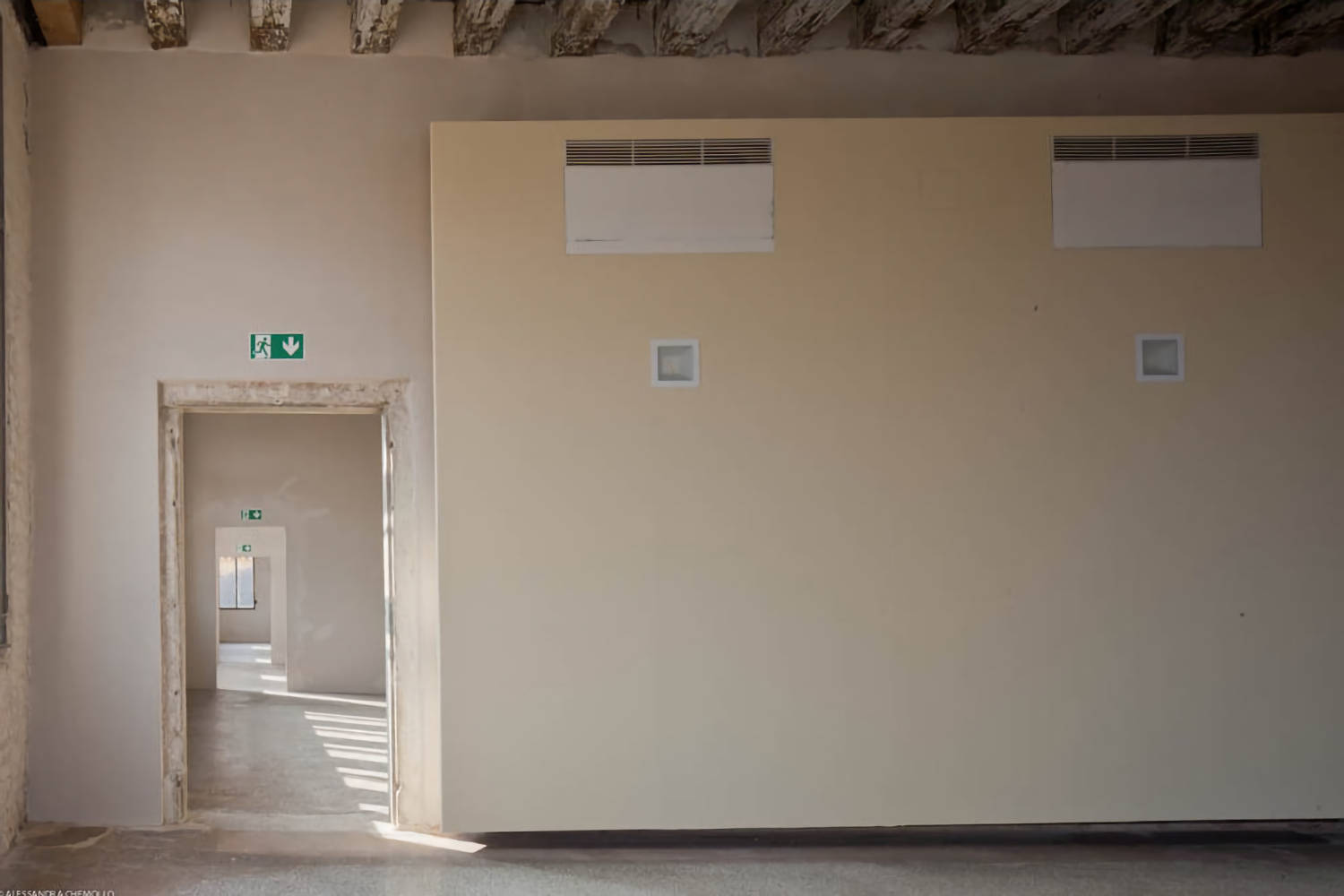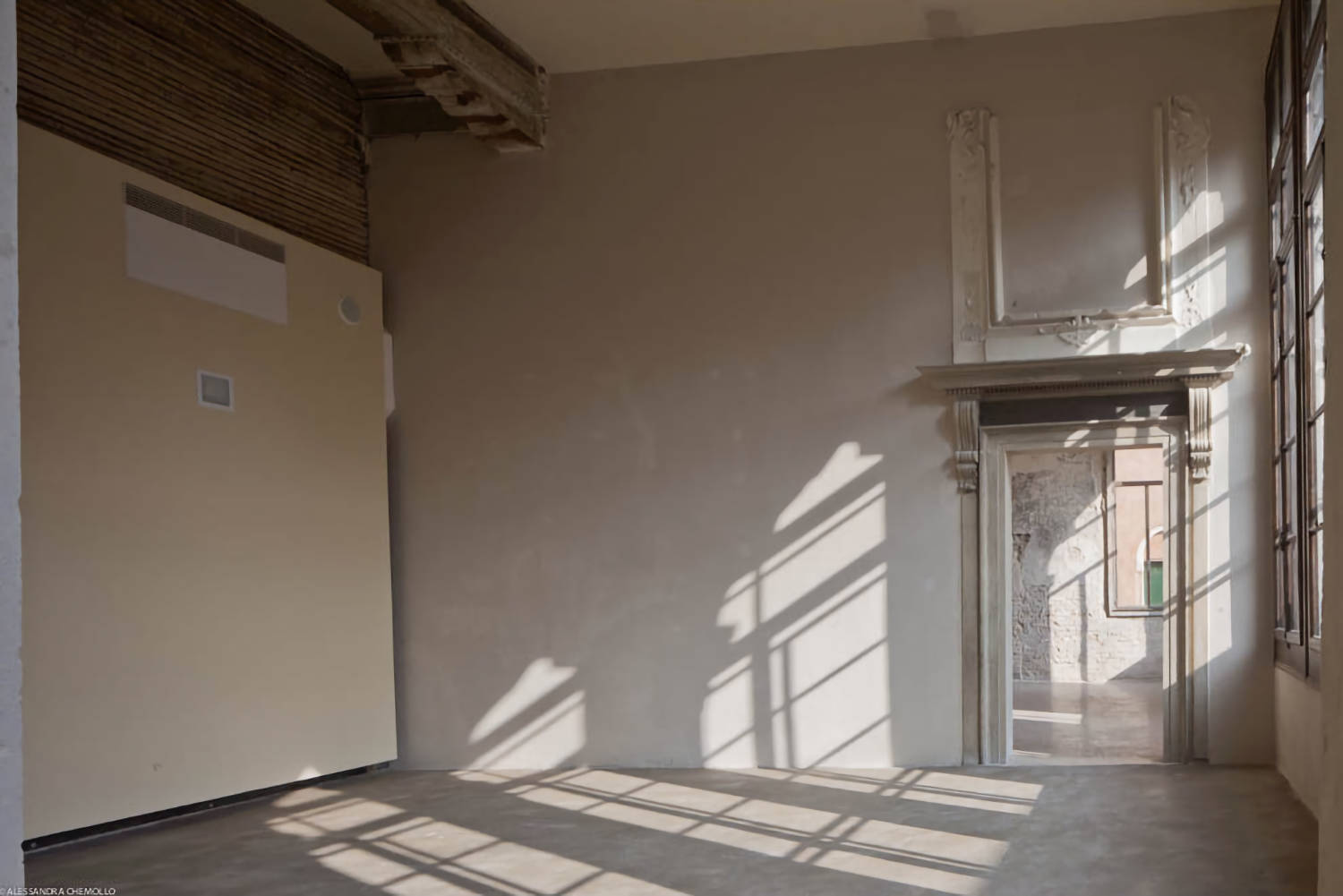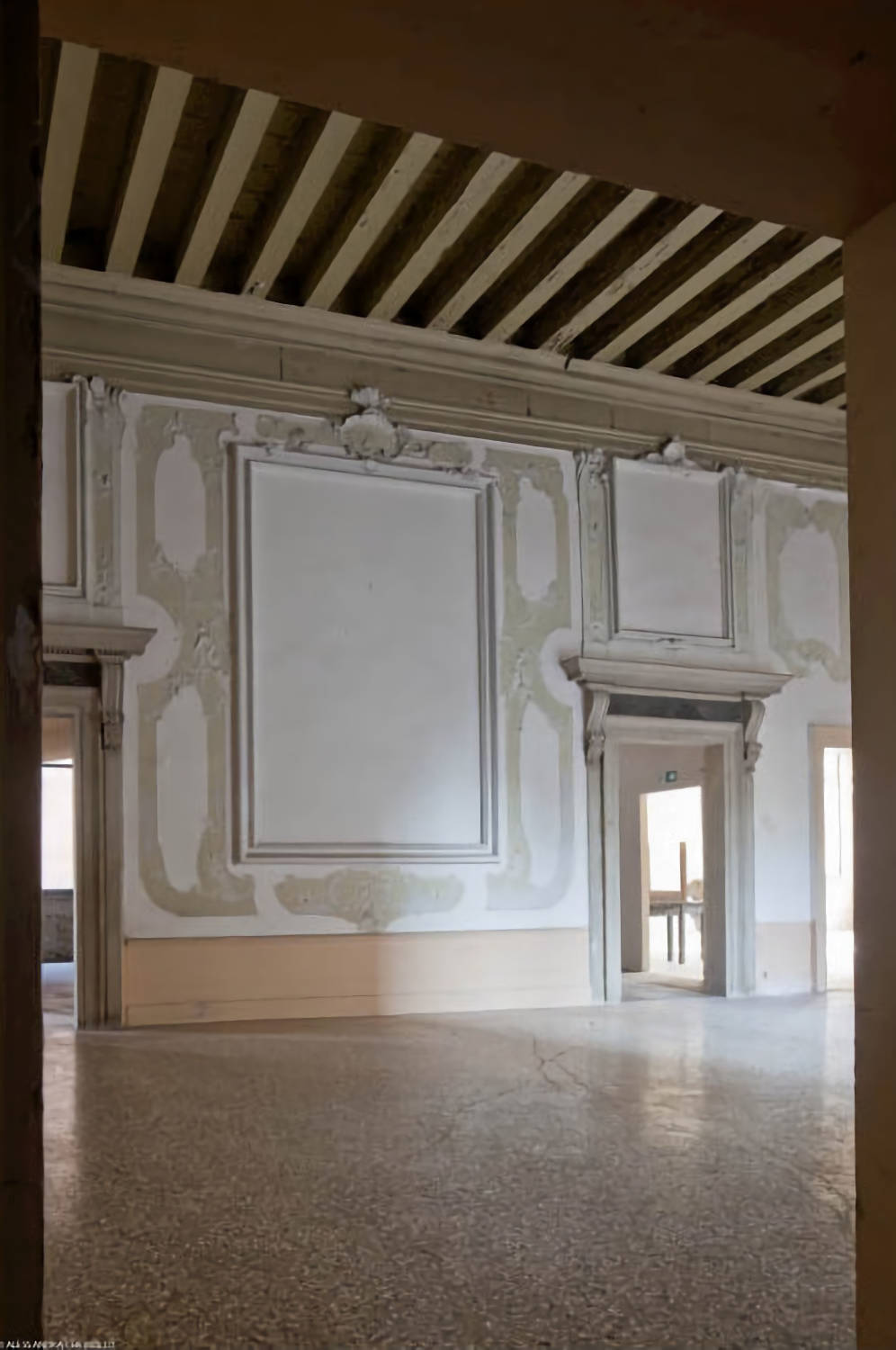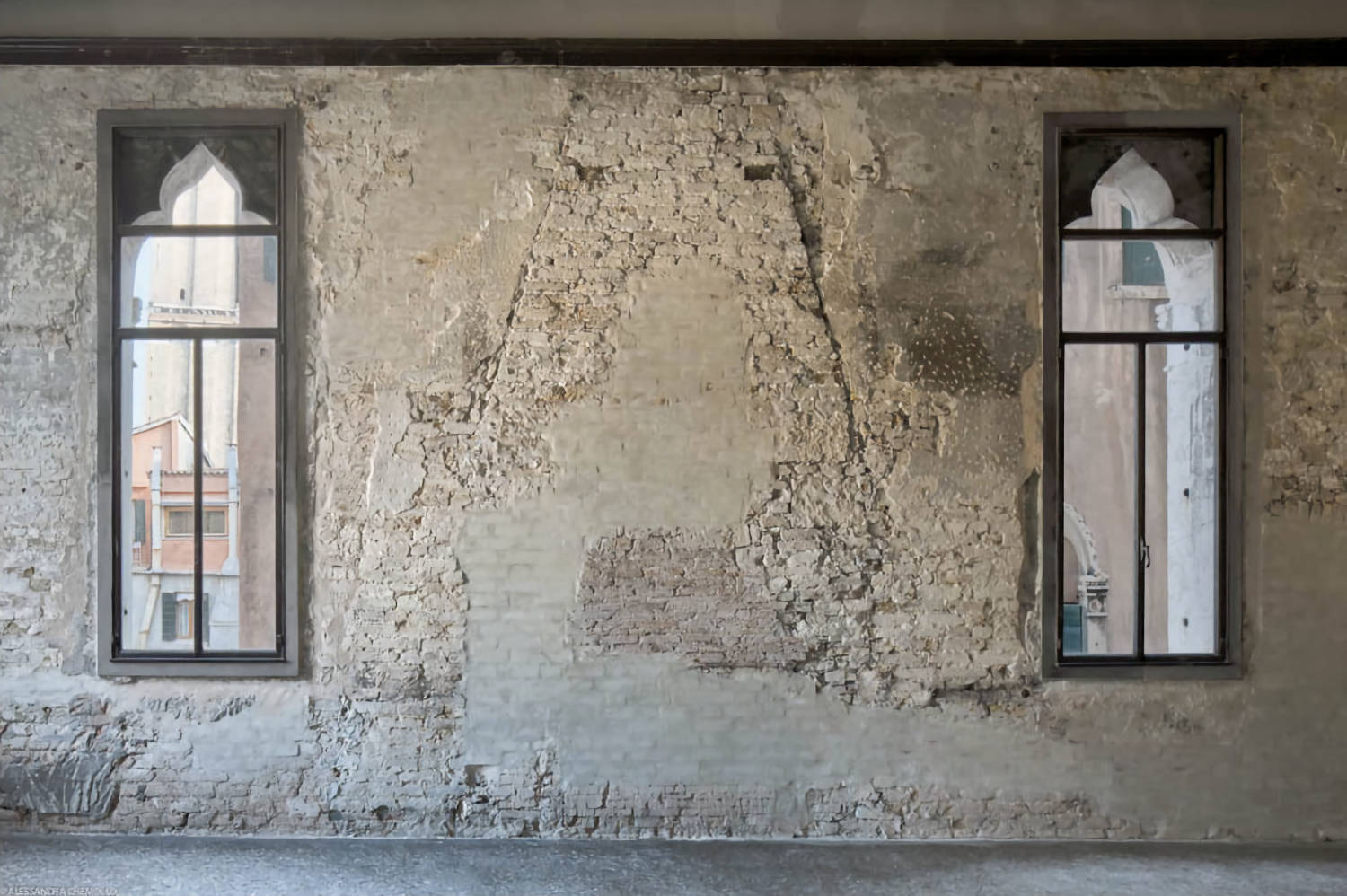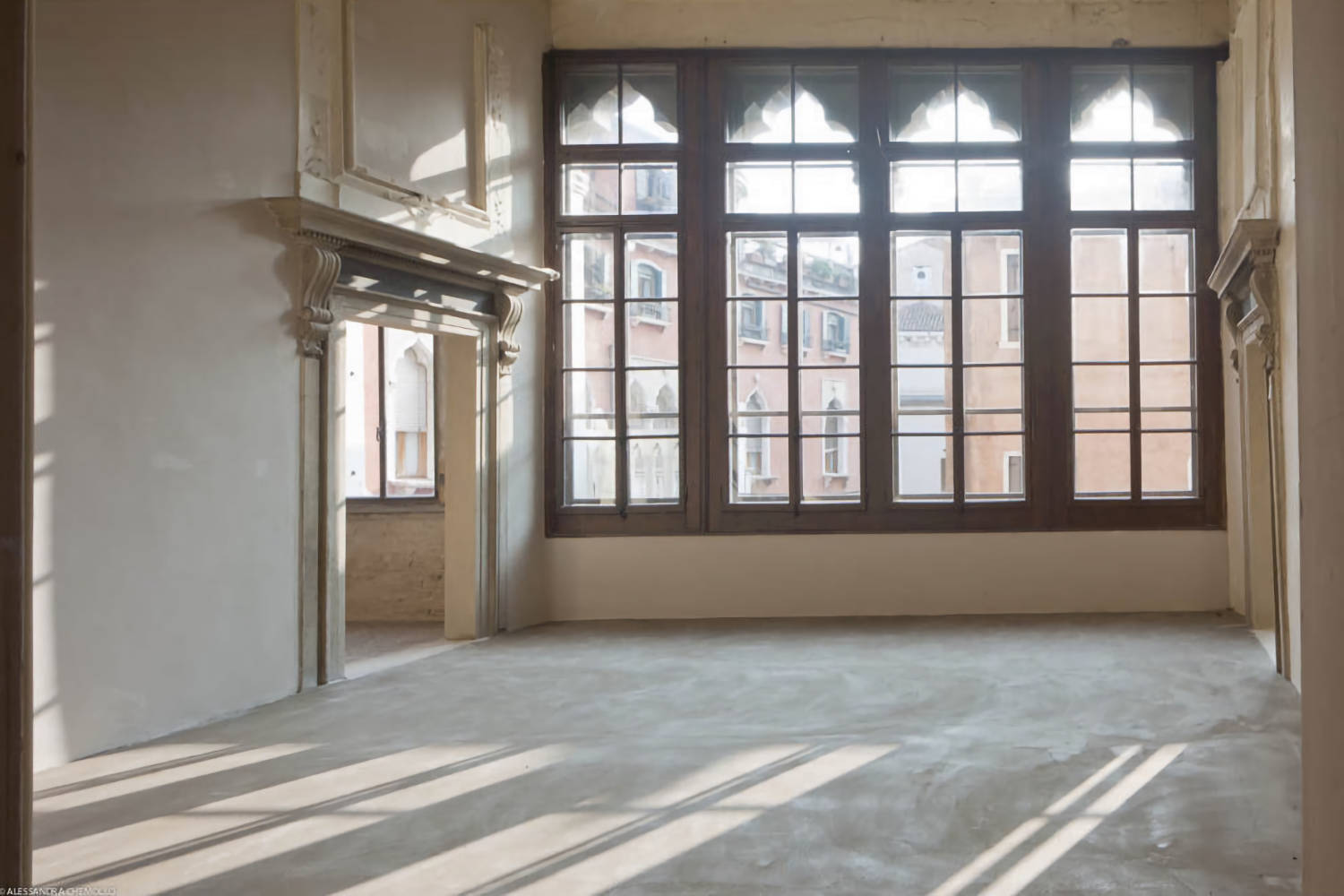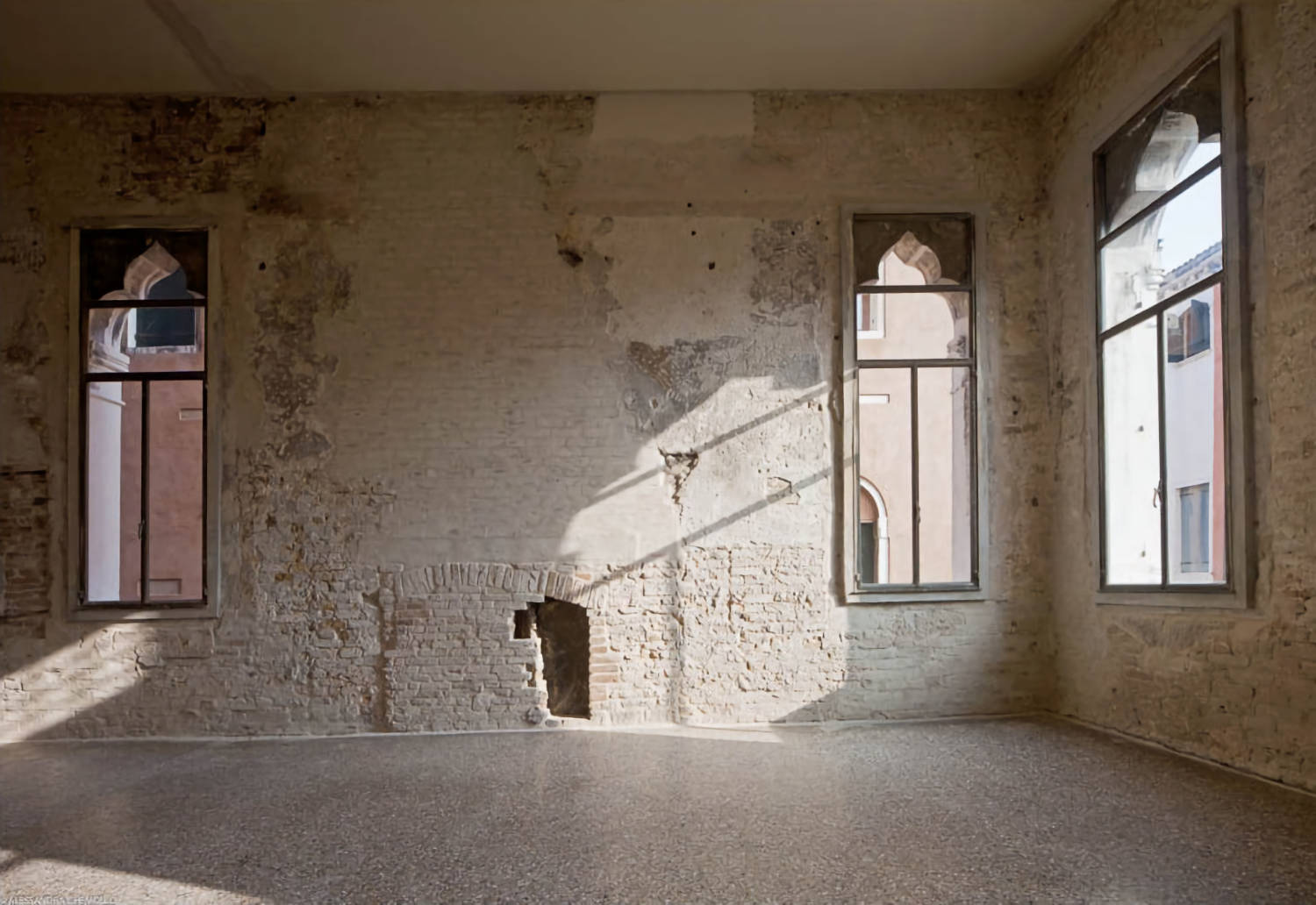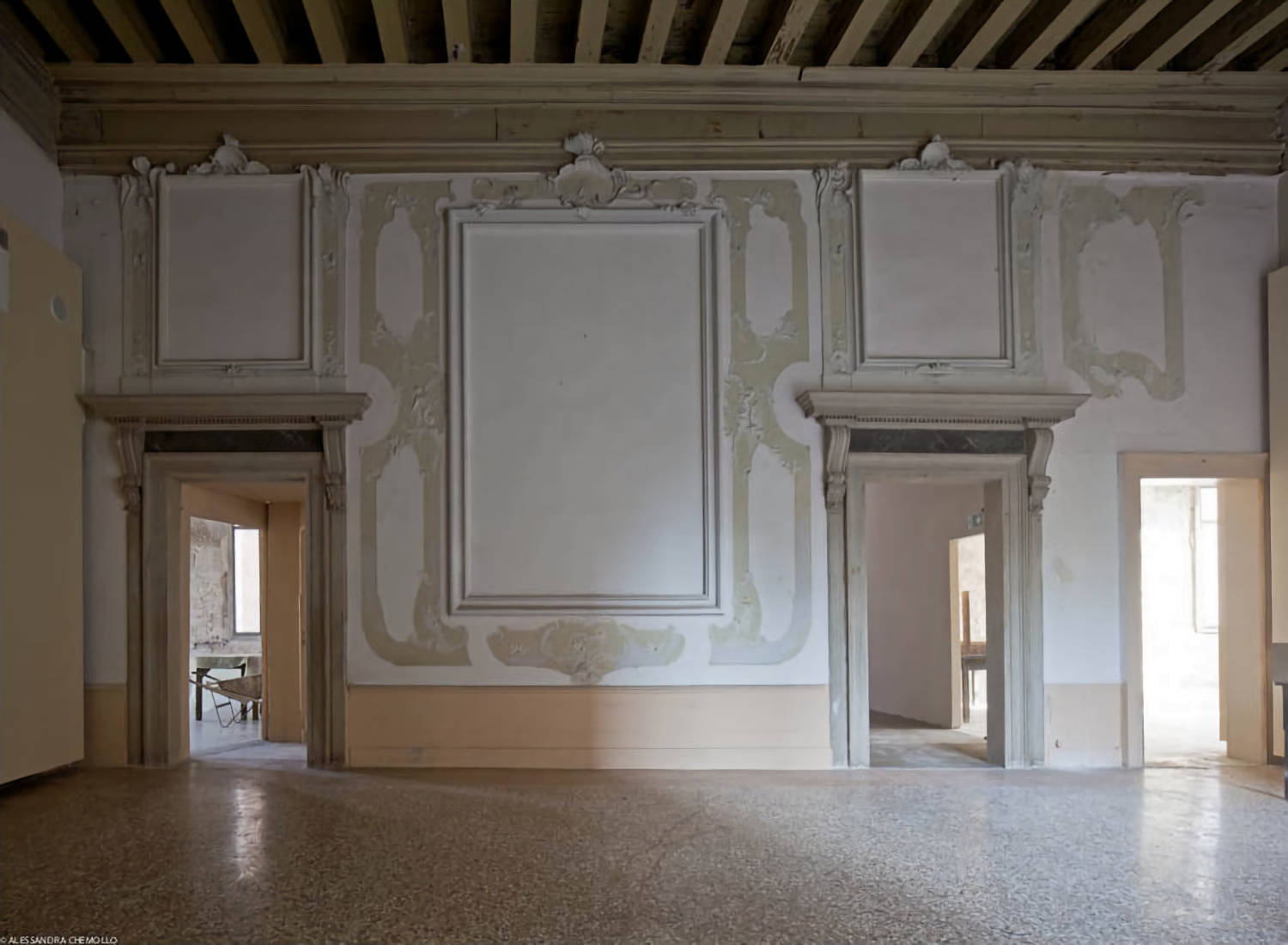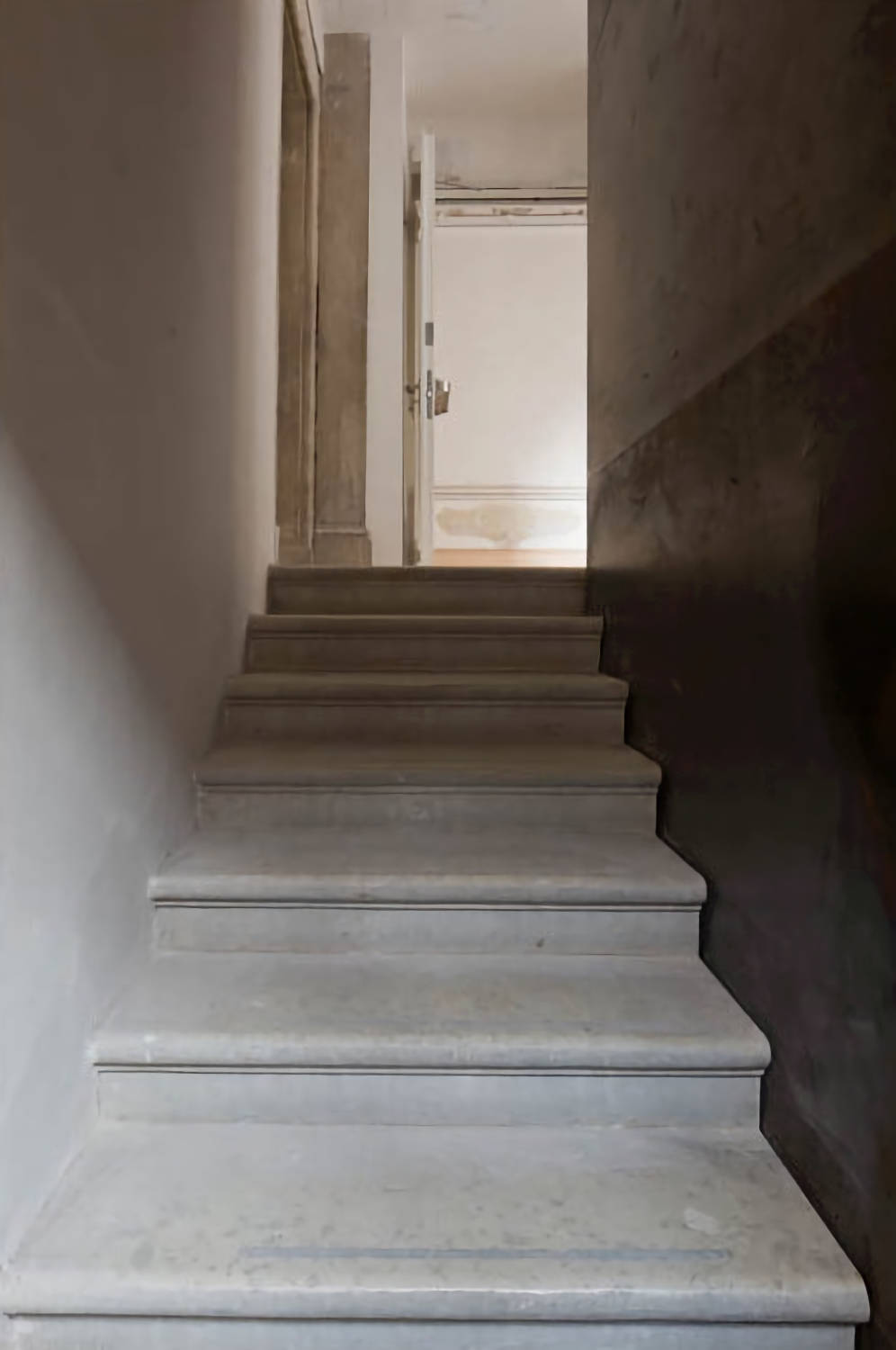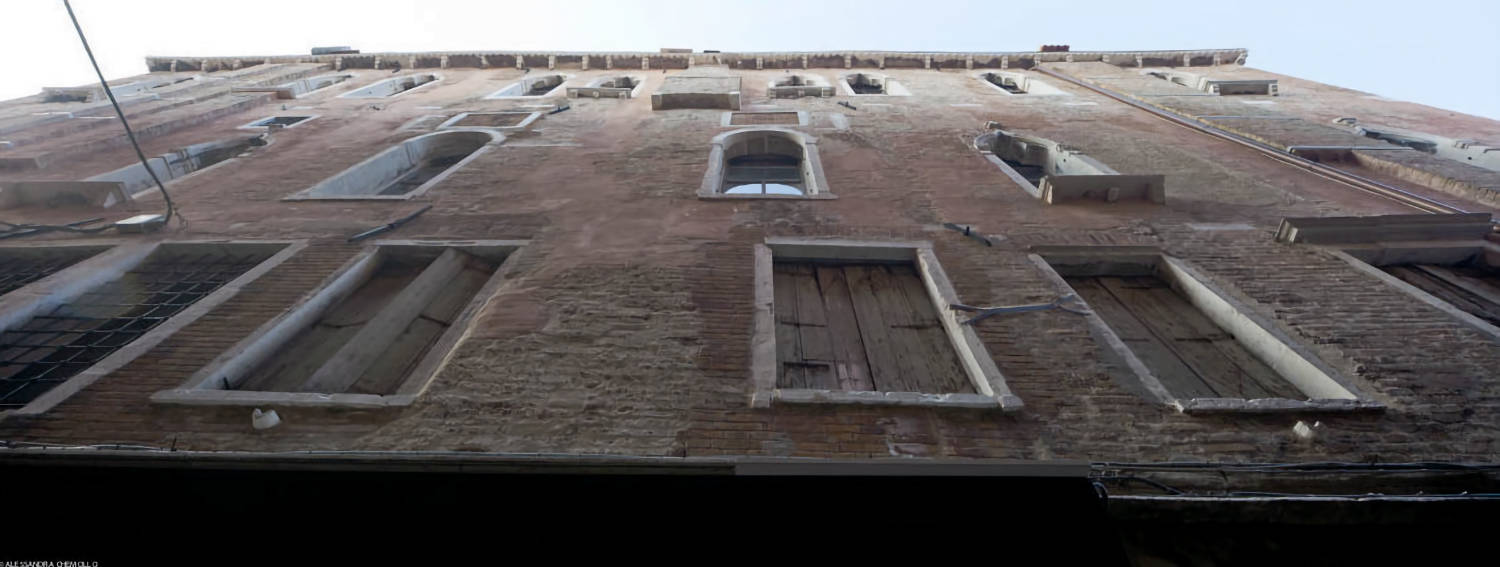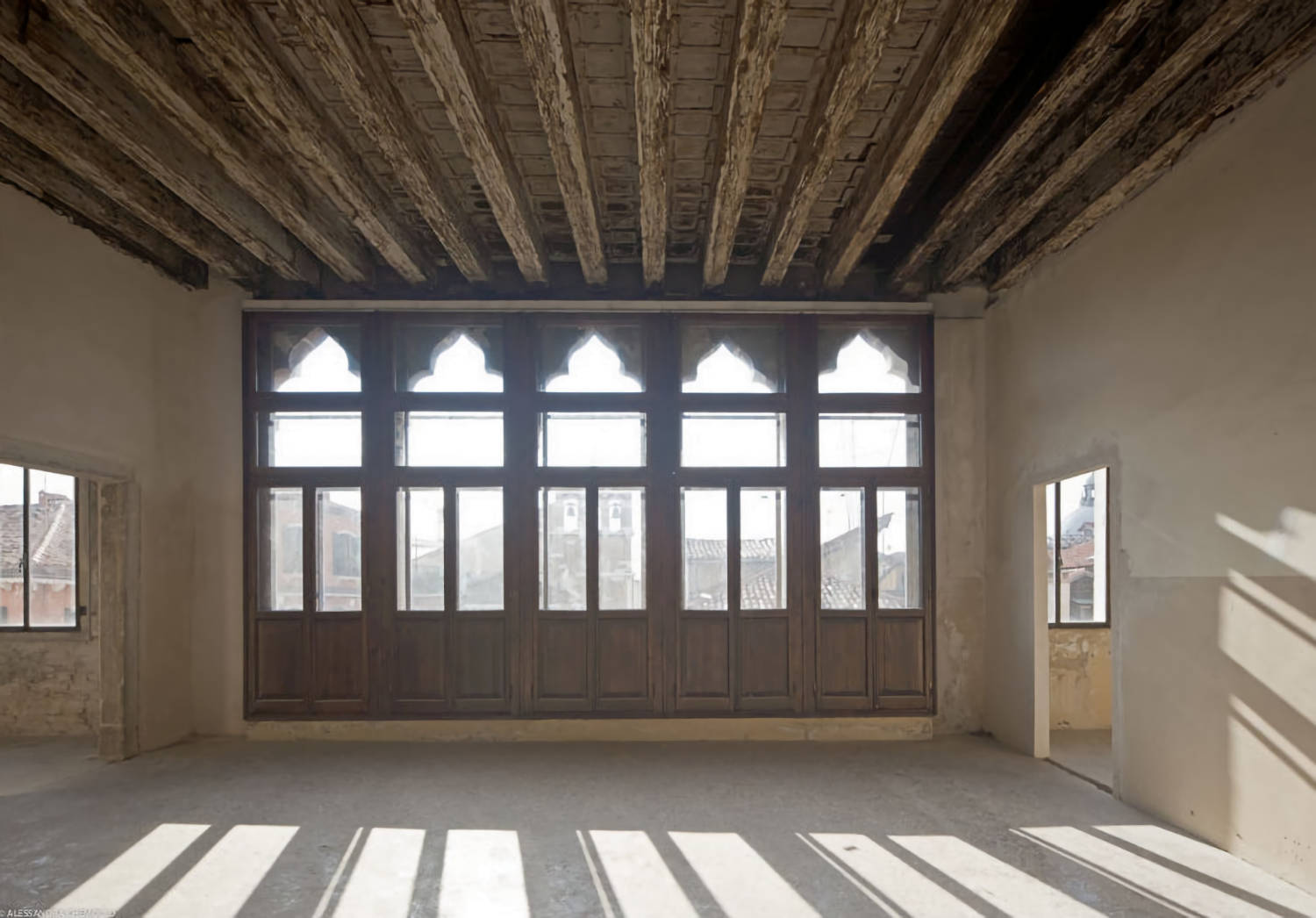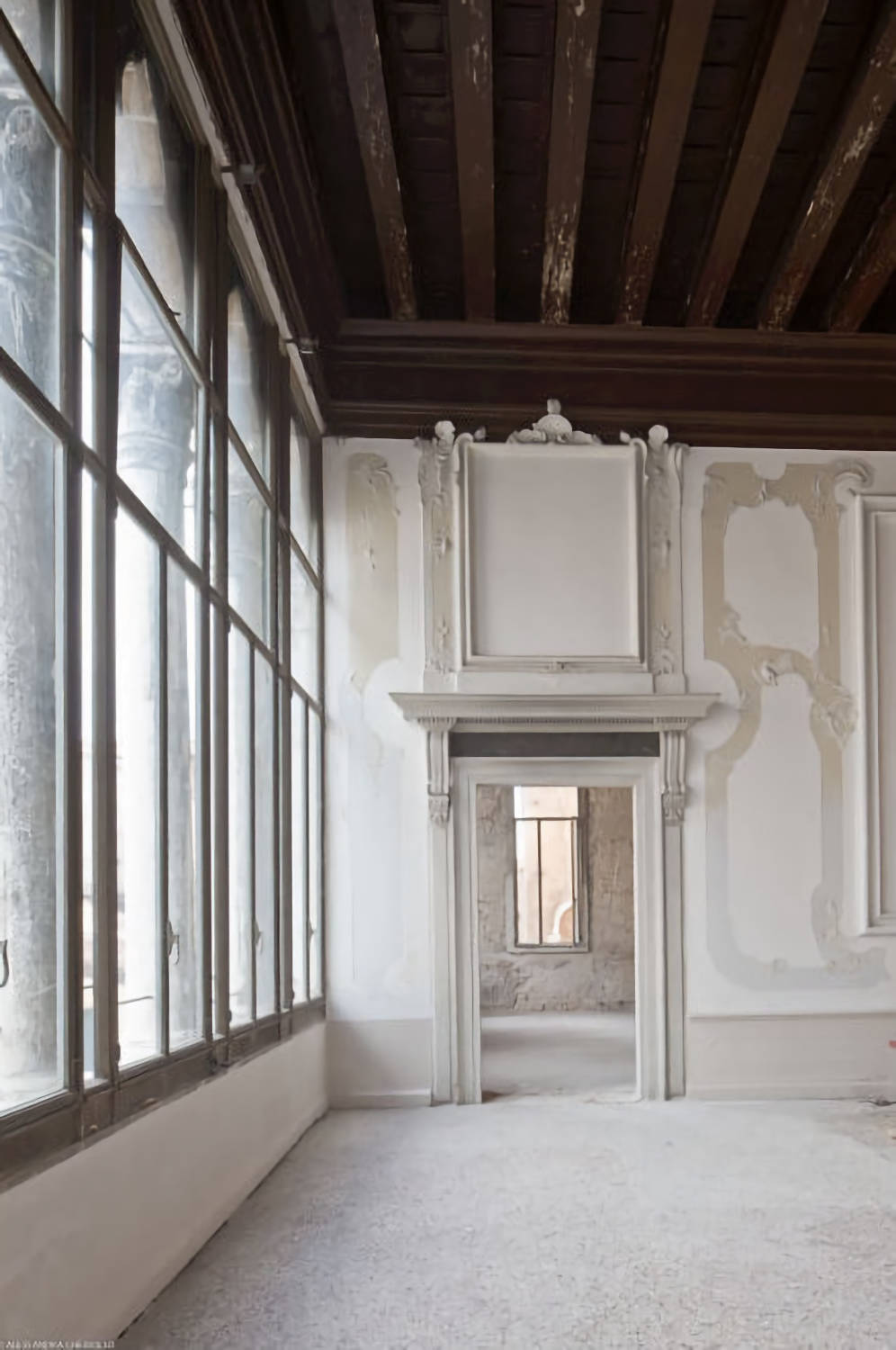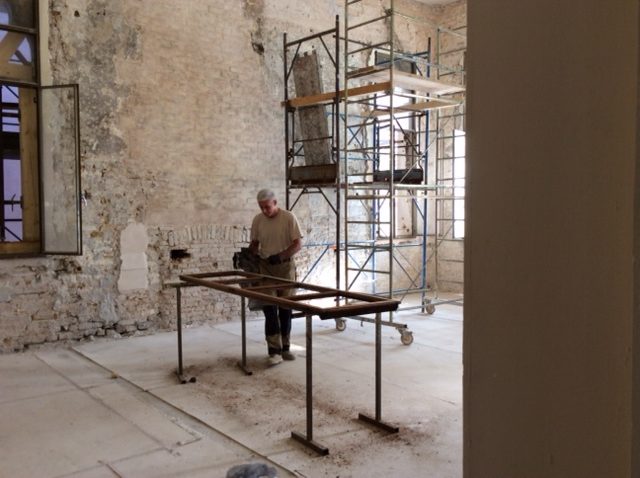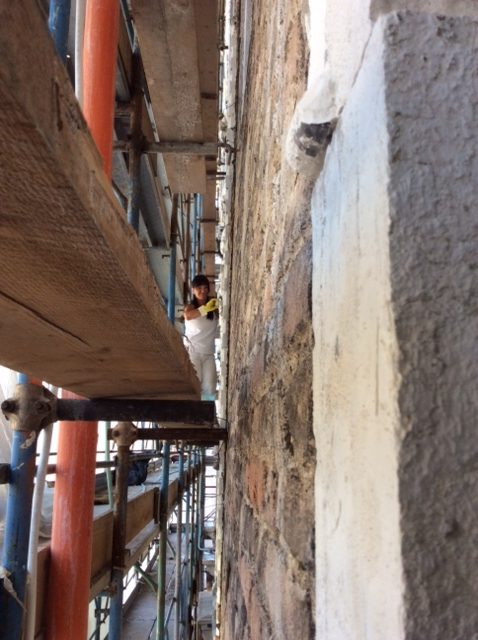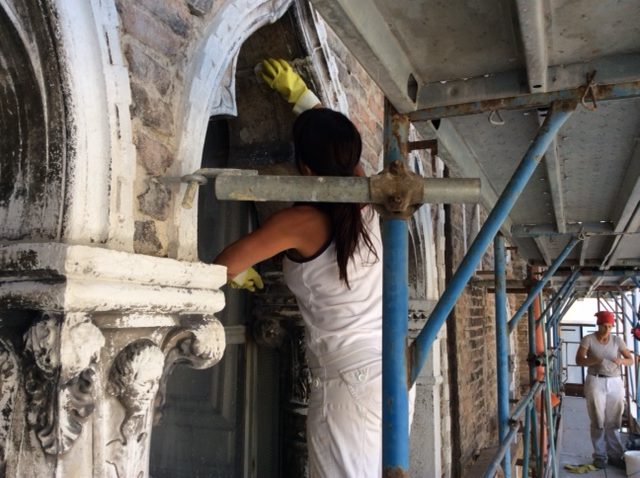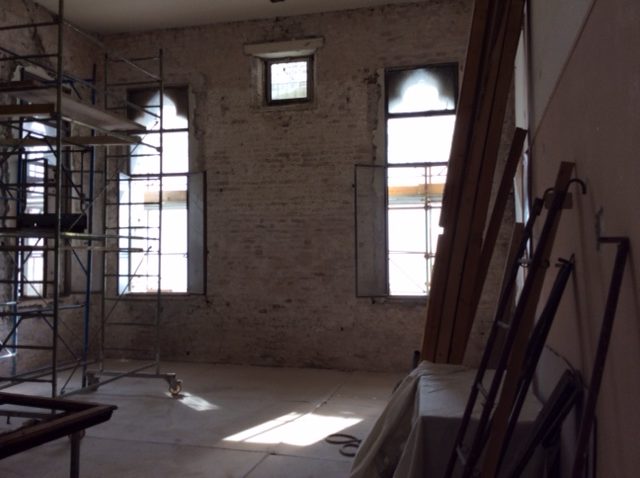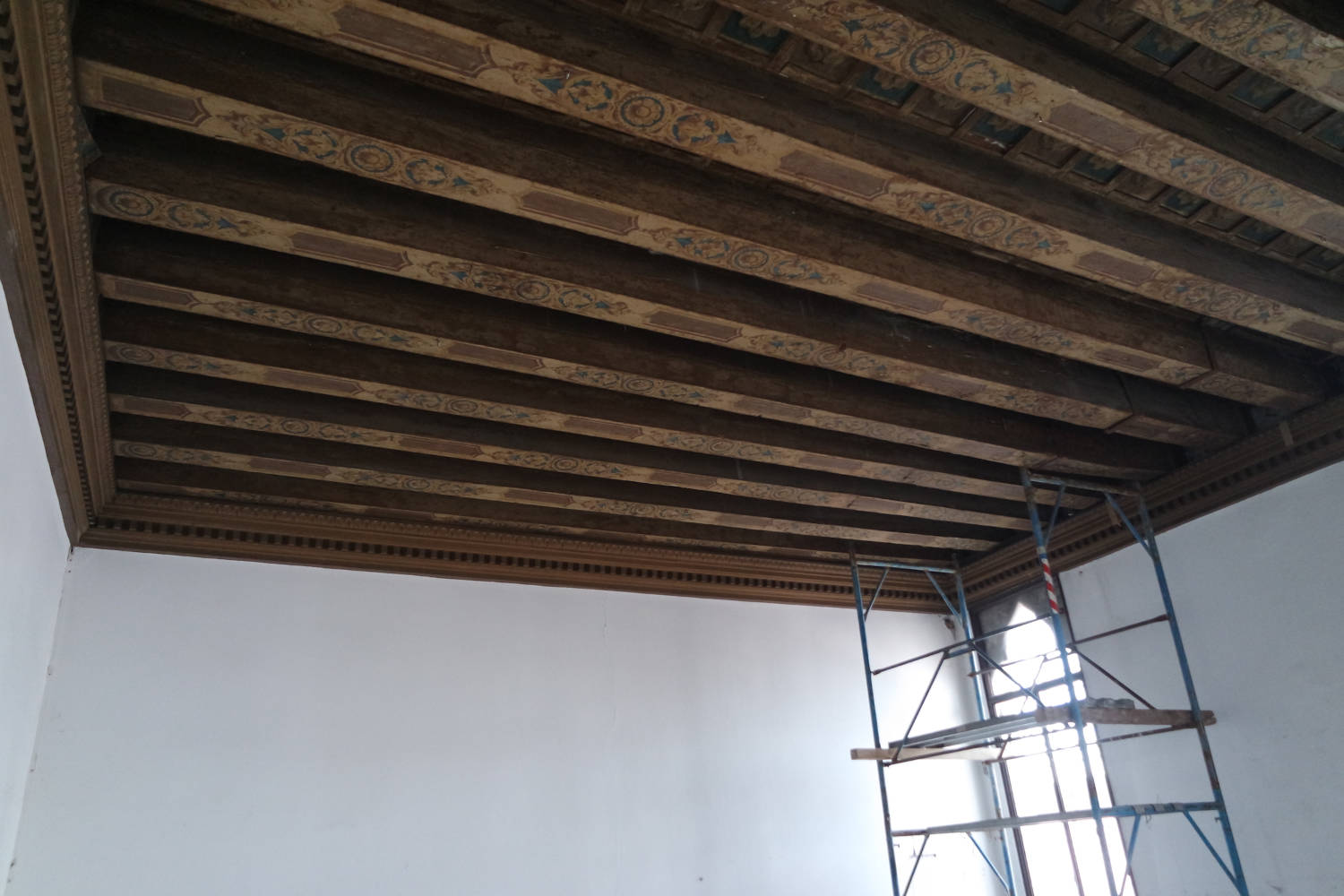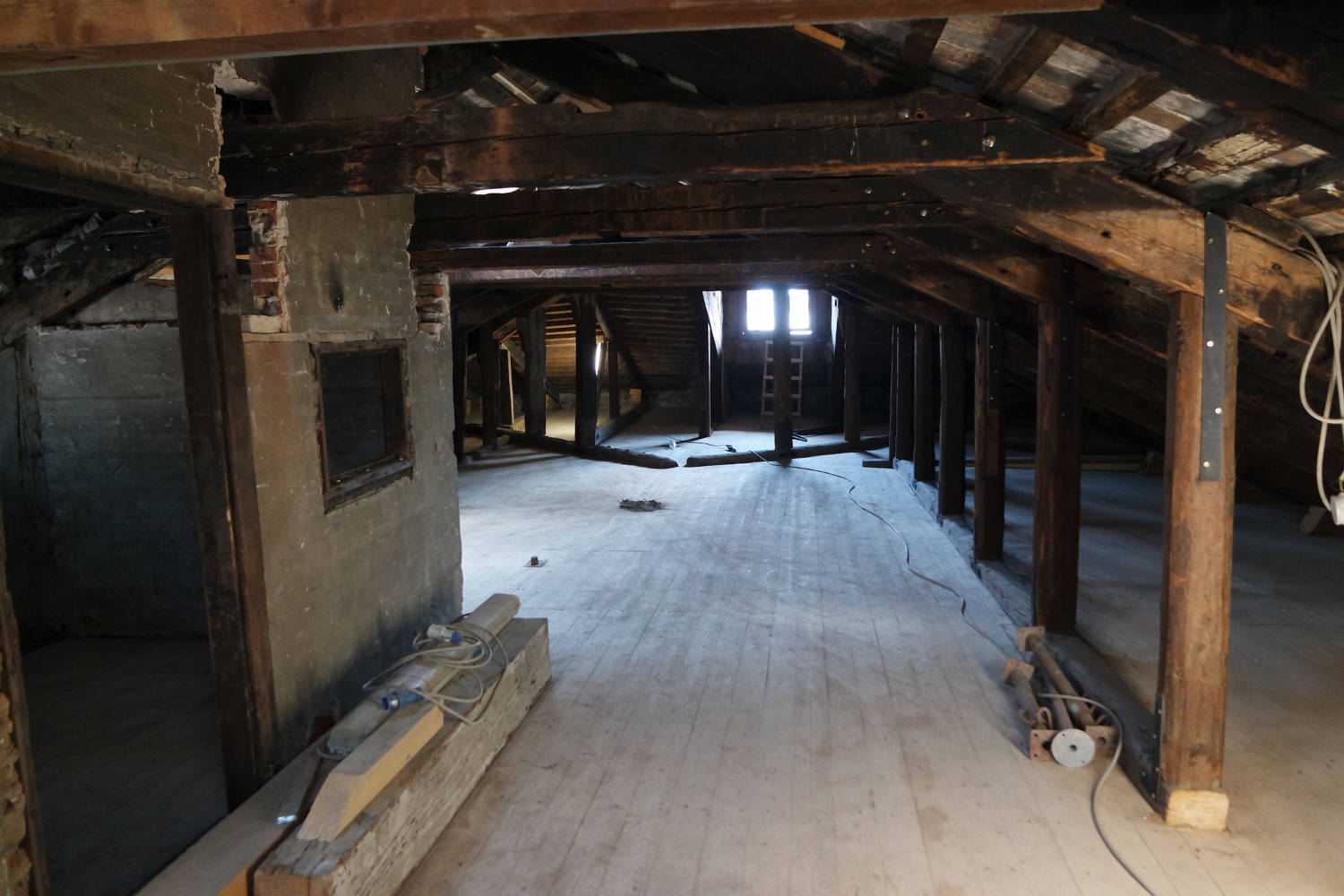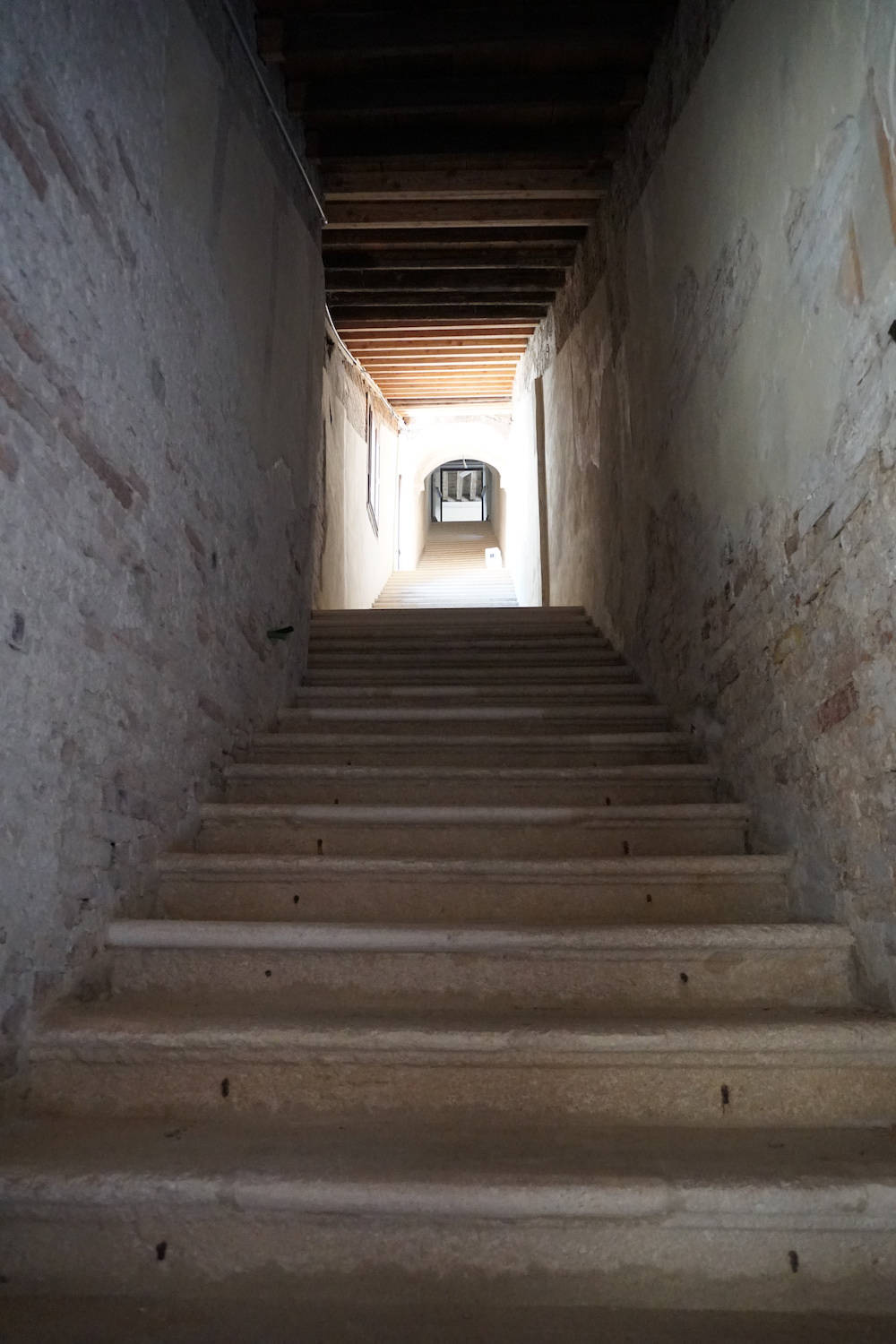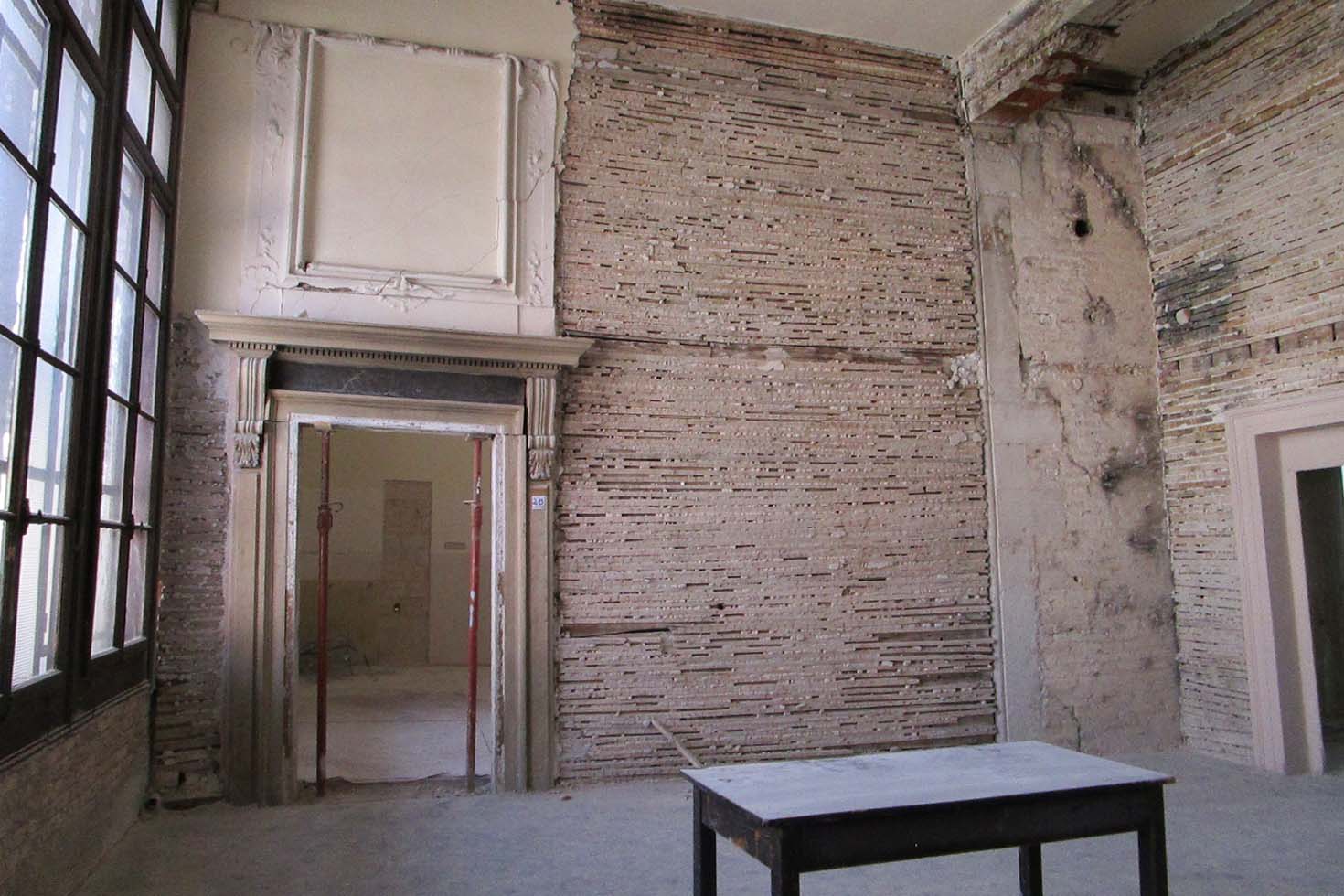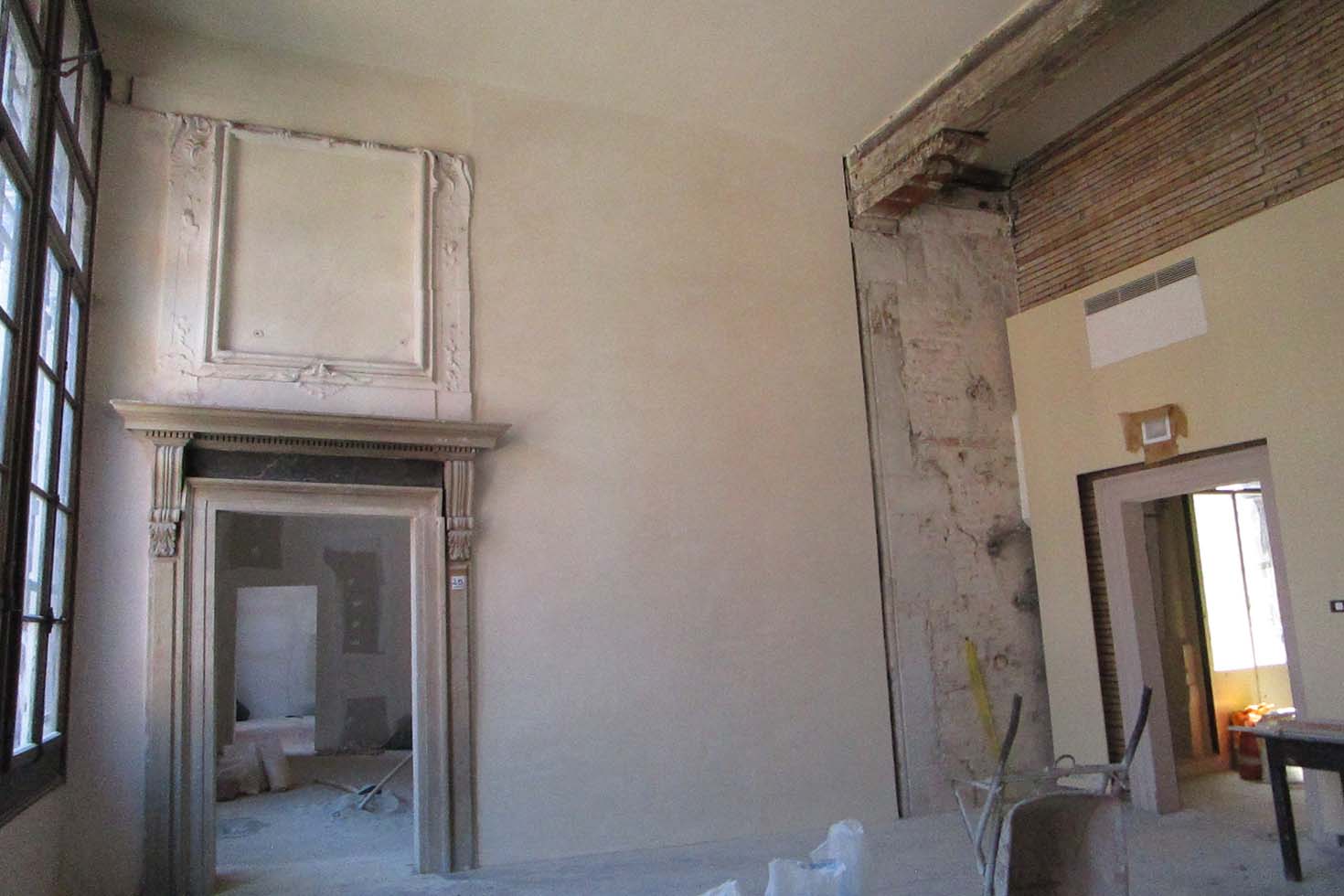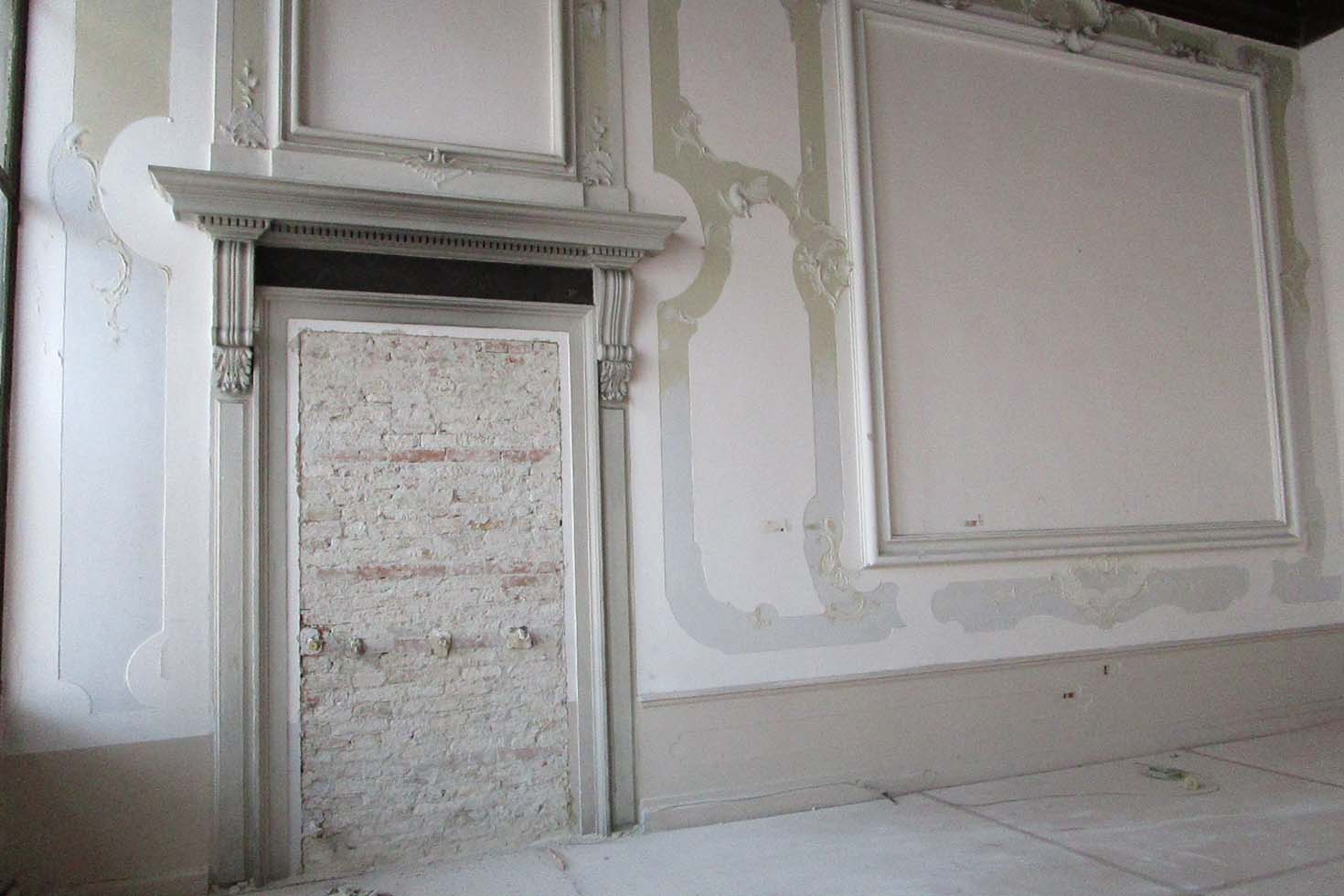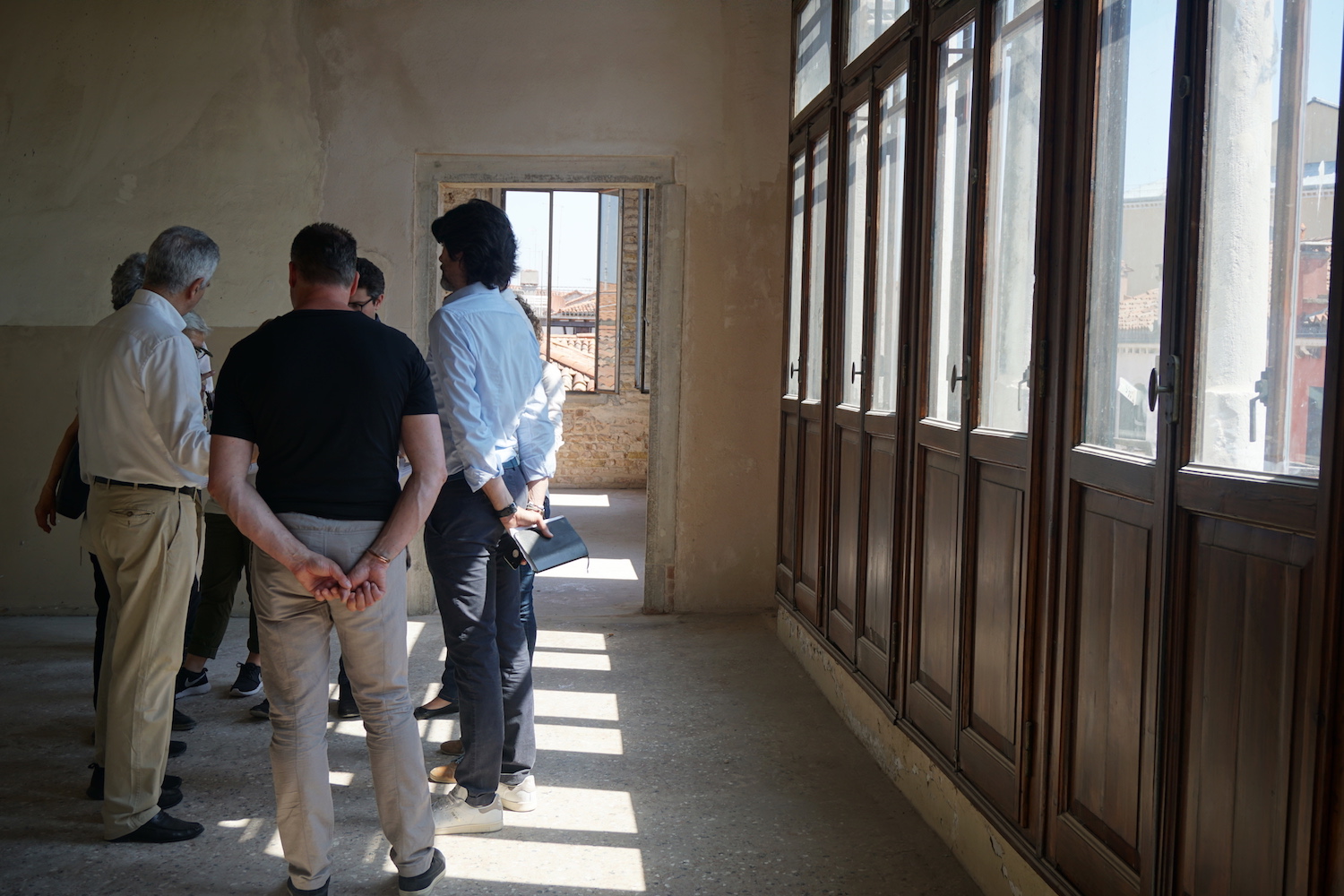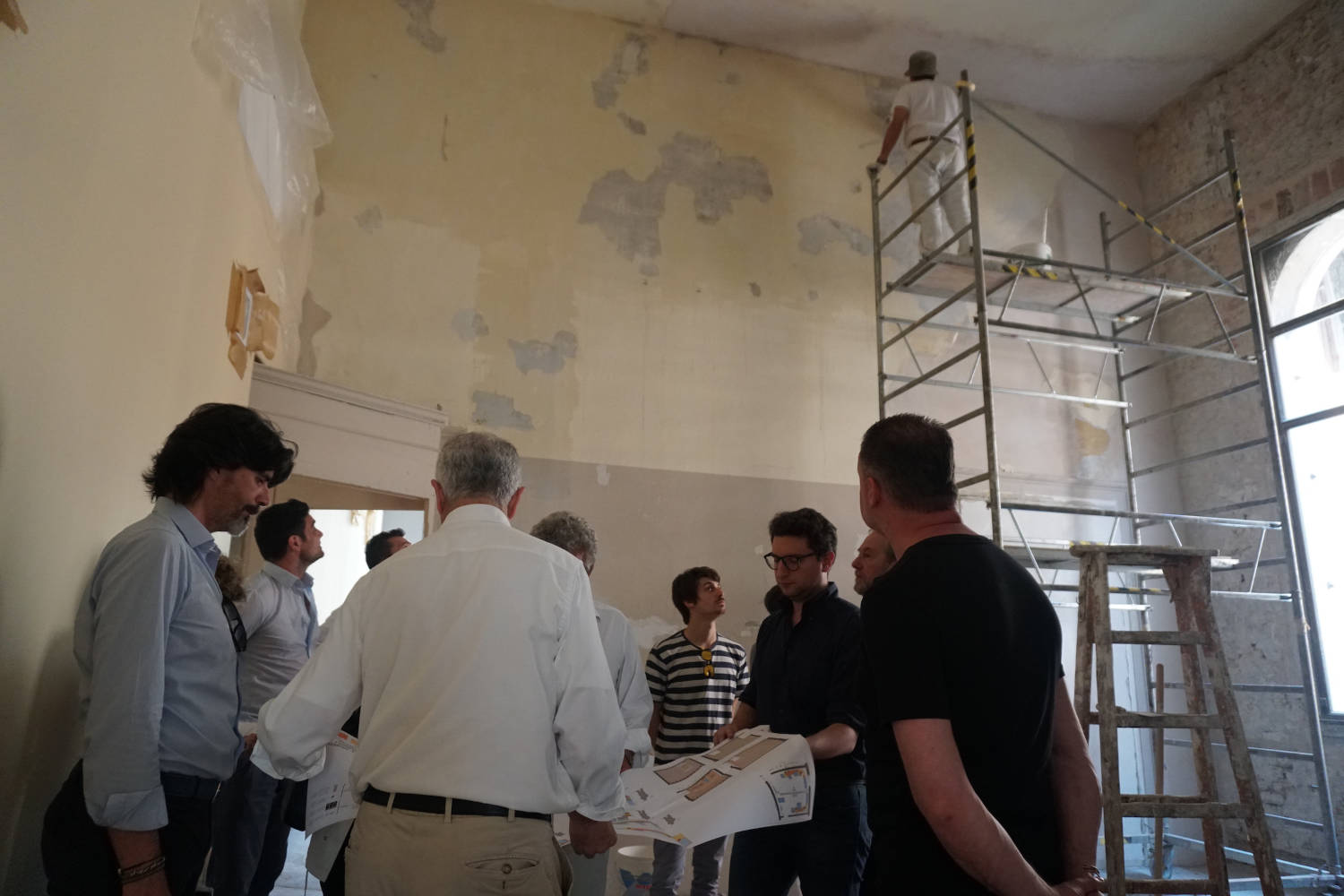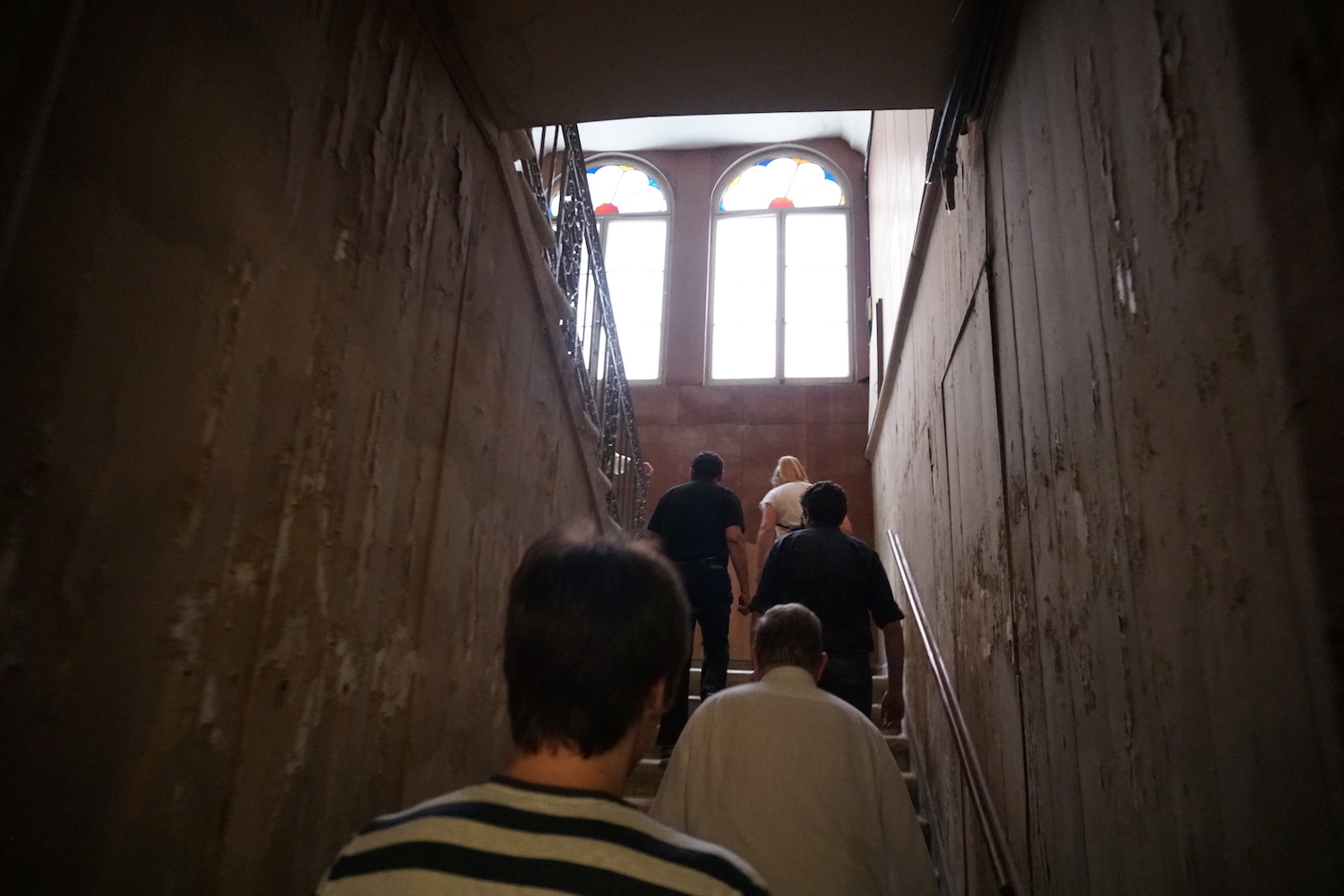History
Some of the most prestigious Venetian families have lived in Ca’ Zaguri across the centuries. The first information we have is dated 1353 when the palace had already been built. In the 15th century it was owned by the Strazarolus family who had strong ties to the clergy, namely the Patriarch of Venice and the Pasqualini, a family of wealthy silk merchants and prestigious members of the Scuola Grande della Carità. They were painted by the greatest painters of the time: Giorgione, Antonello da Messina and the like. Sumptuous parties were thrown at the palace with illustrious guests and nobles such as Montenegro’s Prince Giorgio Cernovich. The engagement of aristocrat Berardo Priuli’s daughter and the young Girolamo Giustinian took place at Ca’ Zaguri in 1511. At first the Priuli family bought a part of the palace; they acquired it completely 10 years later. The Priuli were extremely influential in Venice: they were related to Doge Andrea Vendramin and the Pellegrinis, namely Pietro, who was secretary of the merciless Concil of Ten. Pietro’s father was a well-known antique collector; he brought to the palace over 30 statues and commissioned a few works to local artists such as Alessandro Vittoria (1525-1608) who made a bust today housed at the Museo Civico di Venezia. Tintoretto himself made a few related paintings. The Pellegrinis were in a very close relationship with the Zaguris: Vincenzo Zaguri wrote his will in 1576 at the Lazzaretto Nuovo (Leper Hospital) where he was being held in quarantine; the Pellegrinis were designated as heirs in case he would die childless. Vincenzo Zaguri was a clever merchant and his father, Trifone Zaguri, had excelled during the Ottoman-Venetian War. Among the last Zaguris residing at the palace was Pietro I Antonio (1733-1806). A poet, orator and patron, he designed and financed the façade of the Church of San Maurizio. He had Lorenzo da Ponte (1749-1838) work for him plus he was a good friend of Giacomo Casanova’s (1725-1798) whom he protected. In the 18th century the palace was entirely owned by the Zaguris who had inherited it from the Pellegrinis. The last heir to have died in the palace was Pietro II Marco Zaguri in 1810. A few years later, the building was acquired by the Congregazione di Vicenza and aristocrat Fini. The Comune di Venezia (Municipality of Venice) acquired the first and second floor between 1905 and 1909 to build an all-female school. Scuola media Sanudo was trasferred from S. Aponal to Palazzo Zaguri in 1962 up until 1983 and was re-named D. Alighieri. The building was abandoned and put up for sale in 2007. The building was purchased and managed by Venice Exhibition in Jesolo (Venice) to create a new exhibition center. The building, testimony of a Venetian Gothic style, expression of a civic background, reopens its doors to the city and its use is returned to the community.
RESTAURATION WORK
Zaguri Palace’s restauration work started in november of 2015 and finished in June of the 2017. The complex was presenting shapes of deterioration owed to passing in the time and consequent to the modifications suffered from the building for the manifold functions taken place in the centuries: noble residence, collective habitation, center of commercial activity and scholastic building. The intervention methodology has been preceded by a series of inquiries and monitoring that have supported a looked and respectful design from the materials and from the traditional structural techniques. The objective of the restoration was to renovation and redevelopment of the building in respect of the stratification of the epochs that have been experienced and who have left their mark. Action was taken on walls and wood, on plastered surfaces, on roofs, on foundations and stone elements making the functional organism, but keeping the readability of its characteristic elements, following the testimony of six hundred years of history. The restoration has also revised items discovered or who had been abandoned as the monumental staircase, backbone of the exhibition. The functional installations to the exhibitions have been planned to integrate into the building without being invasive and ensuring the reversibility: the major distributions are contained inside counterwalls that are suitable for flexibility of modification or for removal according to different uses.





